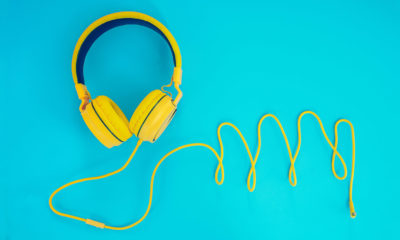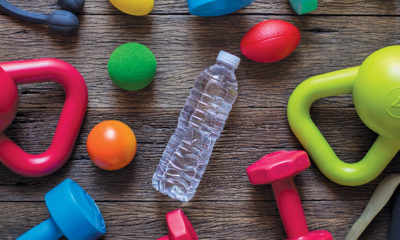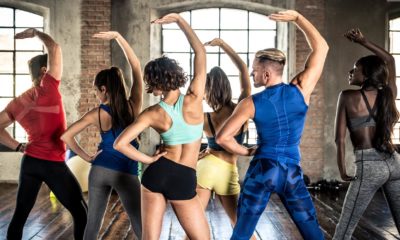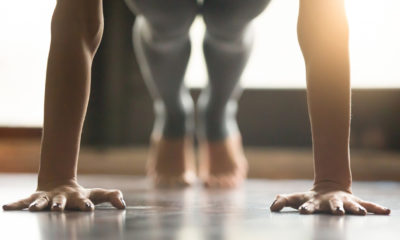Fitness
How To Avoid Hitting A Fitness Wall
However hard you train, your gains won’t last forever and your eternal quest for more will eventually hit a wall – unless you adapt.
Here’s how to make sure you’re always progressing.
Make a winning plan
To get fitter, leaner and stronger consistently while exercising, you need to rely on your body’s adaptability. Unfortunately, you don’t keep adapting endlessly. In fact, scientists have calculated the exact speed and amount of adaptation your body is capable of – it’s a formula called general adaptive syndrome (GAS). You can use it to design your perfect long term workout plan.
Week 1: New Stimulus
A training cycle starts the moment you do something new. For instance, if you usually do four sets of eight reps on all your exercises, then doing something new would be to start doing three sets of 20 reps on the same or new moves. Or you could try doing spin instead of boxercise. The first week of these new workouts will see your body adapt and make gains.
Week 2: Alarm Phase
Here your exercise performance might decrease. You may not be able to push the same size weights you did last week or do as many reps. The sets of 20 reps feel long and painful. Frustration can set in as you wonder if this technique is the right one for your body type.
Weeks 3-5: Adaption Phase
During these weeks your body and brain make adjustments you’ll enjoy. Your nervous system gets more efficient at instructing your muscles, helping you use larger weights. If you’re training for sport, this is the time when you’ll become fitter, leaner and improve your performance.
Each week should see an improvement on the previous one. The key to long-term progress is to stay in this phase for as long as possible. As soon as your gains taper off and begin to plateau (usually somewhere after weeks 6-8) you should take a break and then switch programmes.
Weeks 6-10: Plateau
This is when you reach a point where your rate of adaptation slows and you hit a performance plateau. The stimulus isn’t different enough to cause your body to adapt and it becomes stale. You won’t necessarily lose strength or size but you won’t make progress. Every gym has a girl who always does the same routine day in and day out, and this is where she’s at.
Weeks 11 Onwards: Exhaustion Phase
Your training is now detrimental to your goals. Every rep you do is a cancer on your muscles that bores them. You’ll get weaker, lose energy and may even get ill. You need to take at least two weeks’ rest or do a totally new type of training that is the antithesis of what you were doing.

How to use it
Athletes usually adapt to new exercise in four weeks, while novices can keep making gains for up to 8-12 weeks using the same technique. When you feel the relationship with a training technique turning sour, take a week’s rest or reduce your workout load by 60%.
After this rest, start a new technique. Beware: starting a new routine that’s not different enough from the previous one won’t trigger new gains. This risks keeping you in a perpetual state of exhaustion that can lead to overtraining and burnout. For constant progress, first decide on your goals and then treat your body to a variety of exercise.
Making it work
You don’t need a personal trainer to tell you how to schedule your training. If you’re a beginner then lay the foundations with endurance training (2-5 sets of 12-20 reps) for two to three months.
Pay attention to your progress, and when your performance starts to drop and you stop improving, take a week off and try something new, like circuit training or CrossFit, for a few months, or start training for muscle gains (4-7 sets of 8-10 reps). When you stop making gains, you could begin a power training programme (5-10 sets of 4-7 reps).
After doing this for 4-8 weeks you can then revert back to endurance training to shock your body into making more progress. This might seem counter-intuitive but your muscles won’t be used to doing such high repetitions, which can be a shock and spark the adaptation process again. And so the cycle goes on and on until the mirror shows you the reflection of who you want to be.
The trick is to know there’s never really an end point, just a continuous expedition that makes you better and better with every step. Now, go get ’em.
Find fitness advice and more in every issue of TRAIN for HER magazine.






















